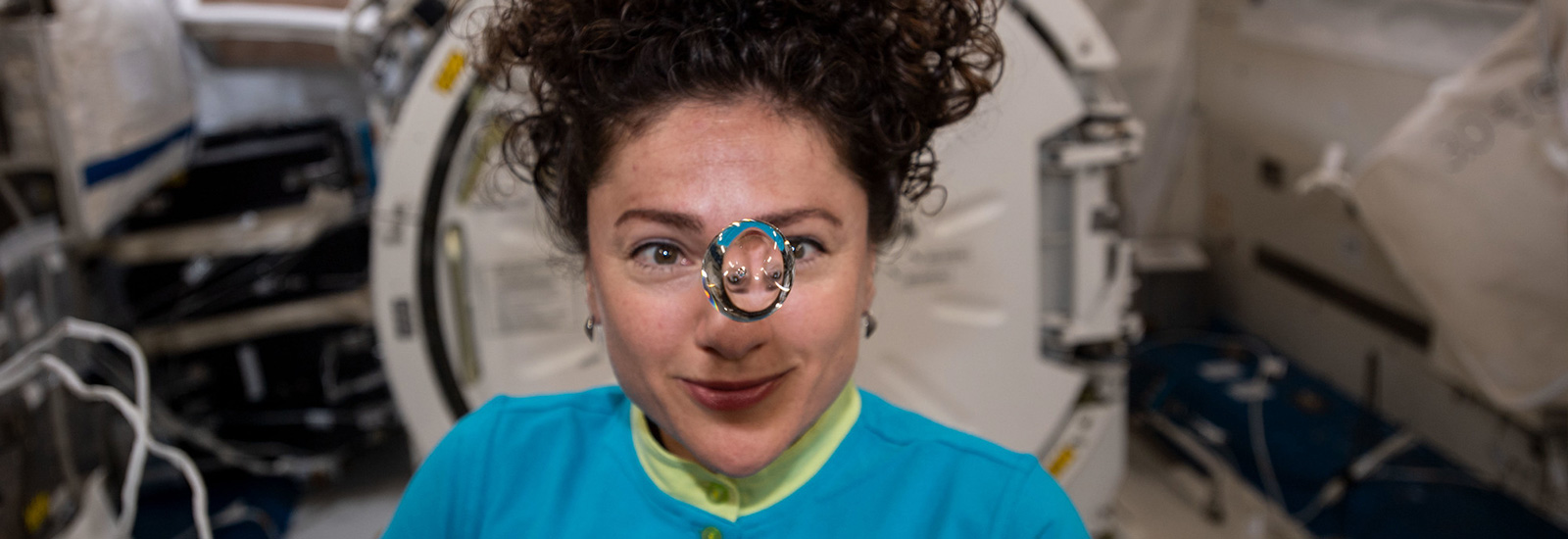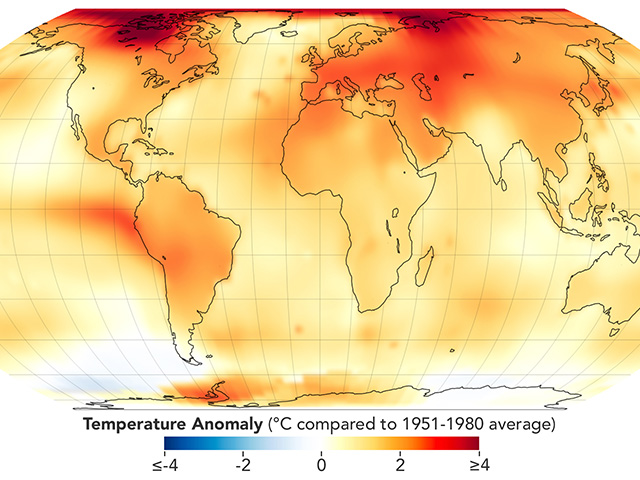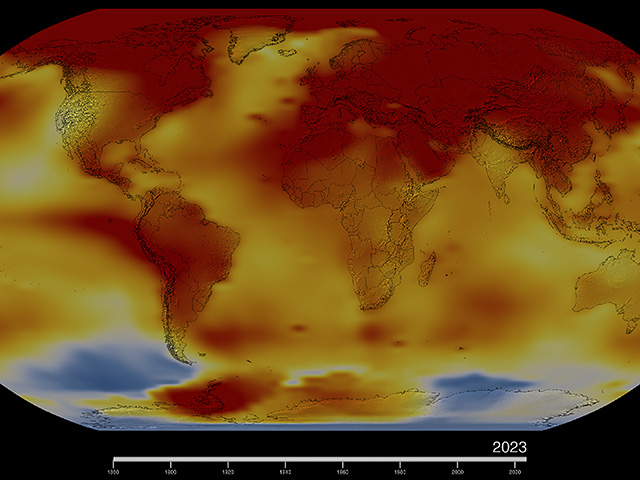NASA Aeronautics Works to Lower Emissions
Webquest #5 - NASA Aeronautics Works to Lower Emissions
For NASA’s aeronautical innovators, when it comes to designing the next generation of passenger-carrying airplanes, you can think of it as being about four E’s: environment, efficiency, electrification, and economy.
Electrified Aircraft Propulsion (EAP) is the use of propulsors (propellers or fans) driven by electric motors to propel aircraft ranging from air taxis to subsonic transports. NASA is developing technology, aircraft concepts, test aircraft, and ground test facilities to turn this idea from science fiction to reality. Lessons learned will have a positive impact on the economy of the U.S.
NASA is also investing in Hybrid Electric Propulsion research as part of its overall efforts to improve the fuel efficiency, emissions, and noise levels in commercial transport aircraft. The term “hybrid electric” is being used loosely here, and it’s really meant to encompass many different methods for using both airplane fuel and electricity to drive the propulsion system. The overall goal is to reduce fuel burn, energy consumption, emissions, and noise for single aisle, passenger aircraft.
Watch the video for an overview of how we are trying to reduce emissions.














